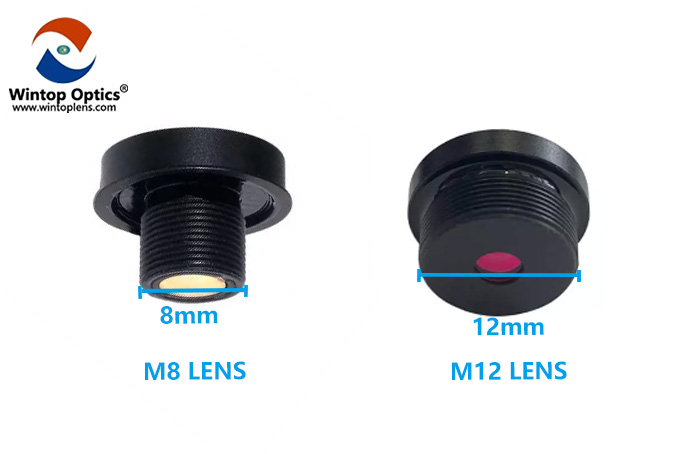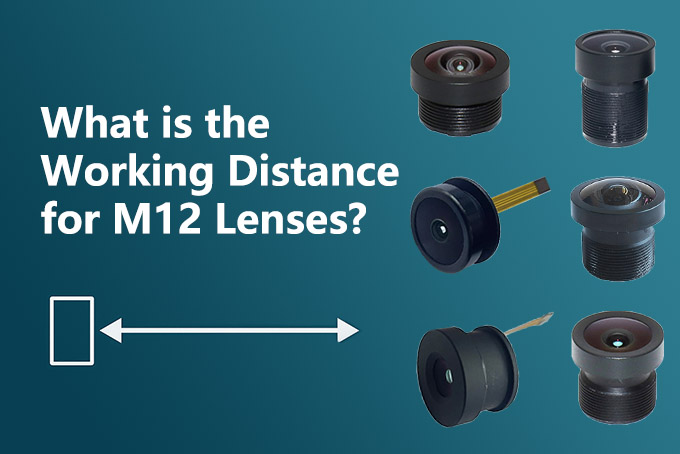What is the difference between M8 and M12 Lenses?
Jun 26, 2025
1. Understanding the Basics: What Are M8 and M12 Lenses?
When designing an optical system for embedded vision, surveillance cameras, or smart home devices, one of the first decisions engineers face is selecting the appropriate lens mount. Among the most common choices are M8 and M12 lenses—each with its own unique advantages and application scenarios. As an optical engineer, I often get asked: what’s the actual difference between M8 and M12 lenses, and how does that impact performance and integration?
2. Size and Application: Where Each Lens Type Excels
The terms “M8” and “M12” refer to the diameter of the lens thread—8mm and 12mm respectively. While M12 lenses, also known as S-mount lenses, are widely used in applications like dash cameras, intelligent driving systems (ADAS), and security surveillance, M8 lenses are becoming increasingly relevant in miniaturized devices due to their compact form factor. Devices like wearable cameras and miniature IoT sensors benefit from the reduced size and weight of M8 lens modules.
3. Optical Performance and Compatibility
One of the key technical differences lies in optical performance and available design flexibility. M12 lenses support a larger image circle, which makes them compatible with bigger sensors (e.g., 1/2.7", 1/2.5"). This results in higher resolution imaging, improved low-light performance, and the ability to use more complex lens structures such as wide-angle or low-distortion configurations. In contrast, M8 lenses, due to their smaller dimensions, are typically paired with smaller sensors and are optimized for space-constrained applications.
4. Manufacturing and System Integration Considerations
From a manufacturing and integration perspective, M8 board lens modules allow tighter component placement on PCBs and are easier to seal for water or dust resistance—important for outdoor or ruggedized smart devices. However, their smaller aperture can introduce limitations in light sensitivity and optical clarity at the edges of the image. On the other hand, M12 camera lenses offer greater tuning potential during prototyping and assembly, especially in custom optical lens solutions.
5. Choosing the Right Lens for Your Application
When selecting between M8 and M12 lenses, it’s not about one being better than the other—it’s about understanding the specific performance requirements and physical constraints of your product. At Wintop Optics, we have 19 years of experience in standard and custom lens design, including high-resolution M12 wide-angle lenses and compact waterproof M8 lens modules for wearable and industrial applications.
6. Final Thoughts: Making an Informed Decision
Choosing the right lens mount is essential for achieving optimal image quality and system performance. Whether you're developing a smart sensor, a vehicle camera, or a home automation device, understanding the trade-offs between M8 and M12 lenses will help you make an informed decision and create a more robust product.

